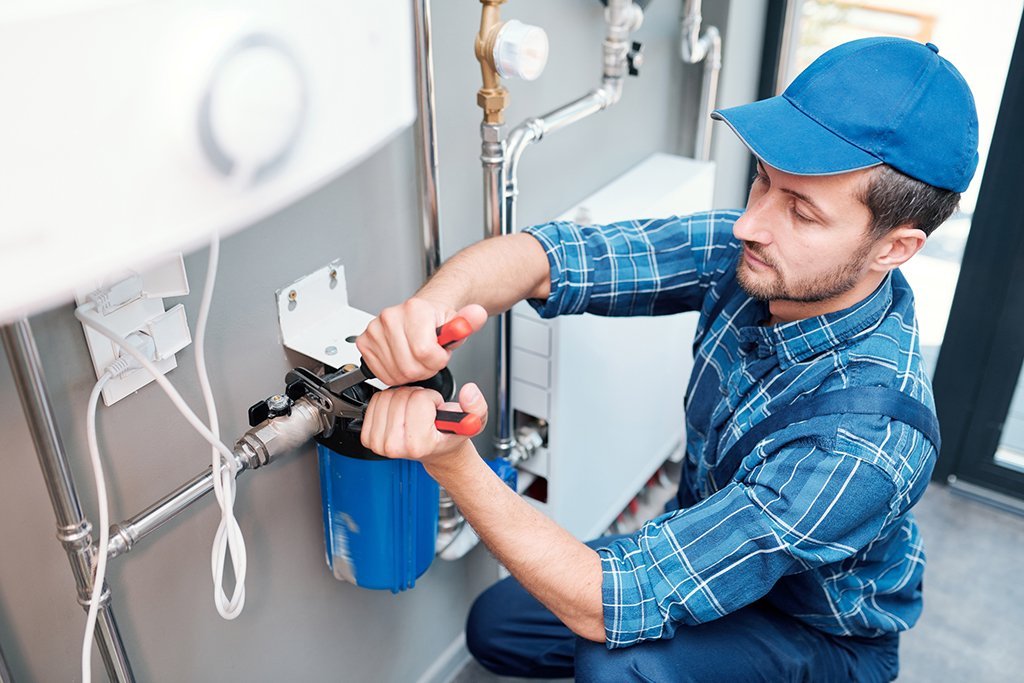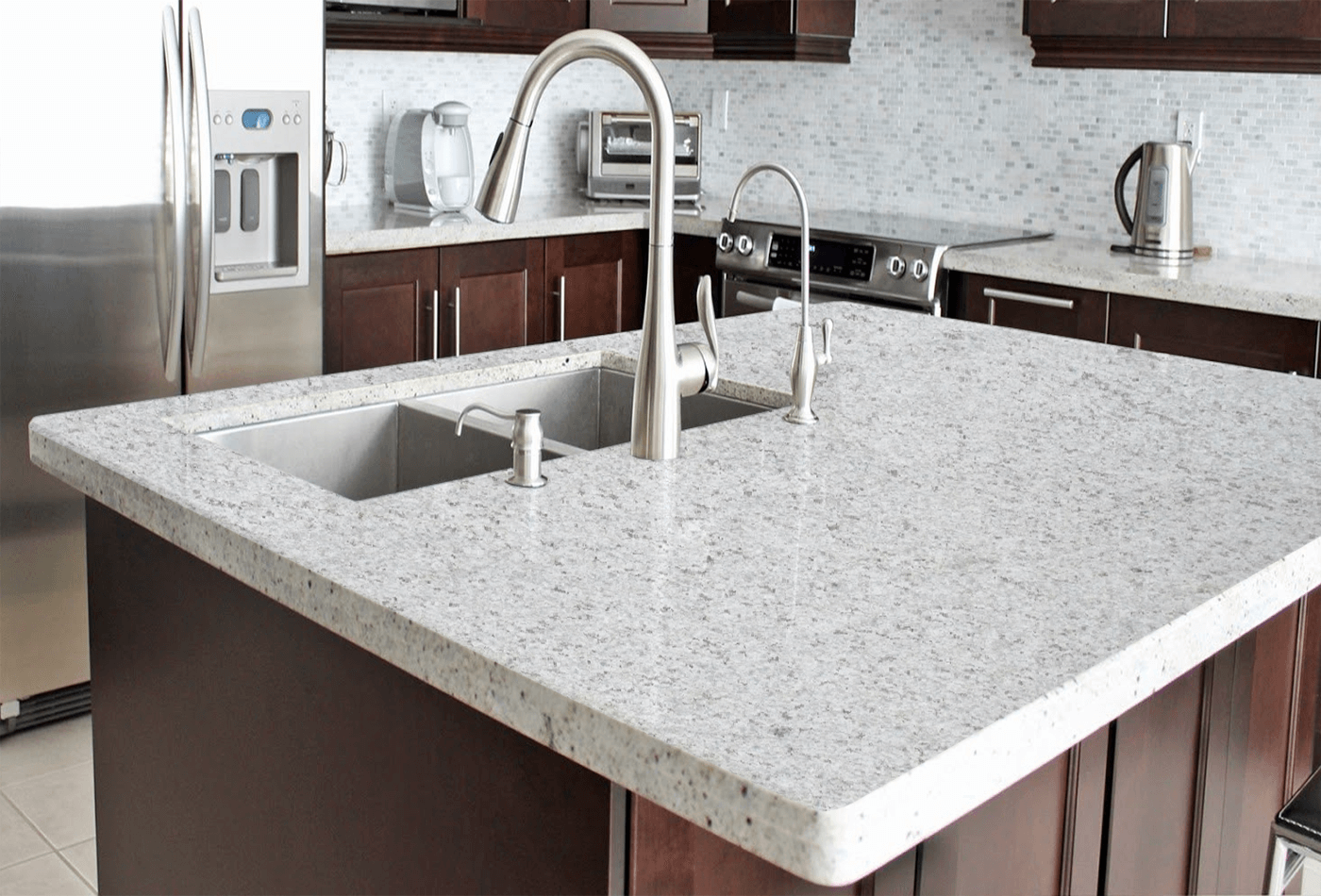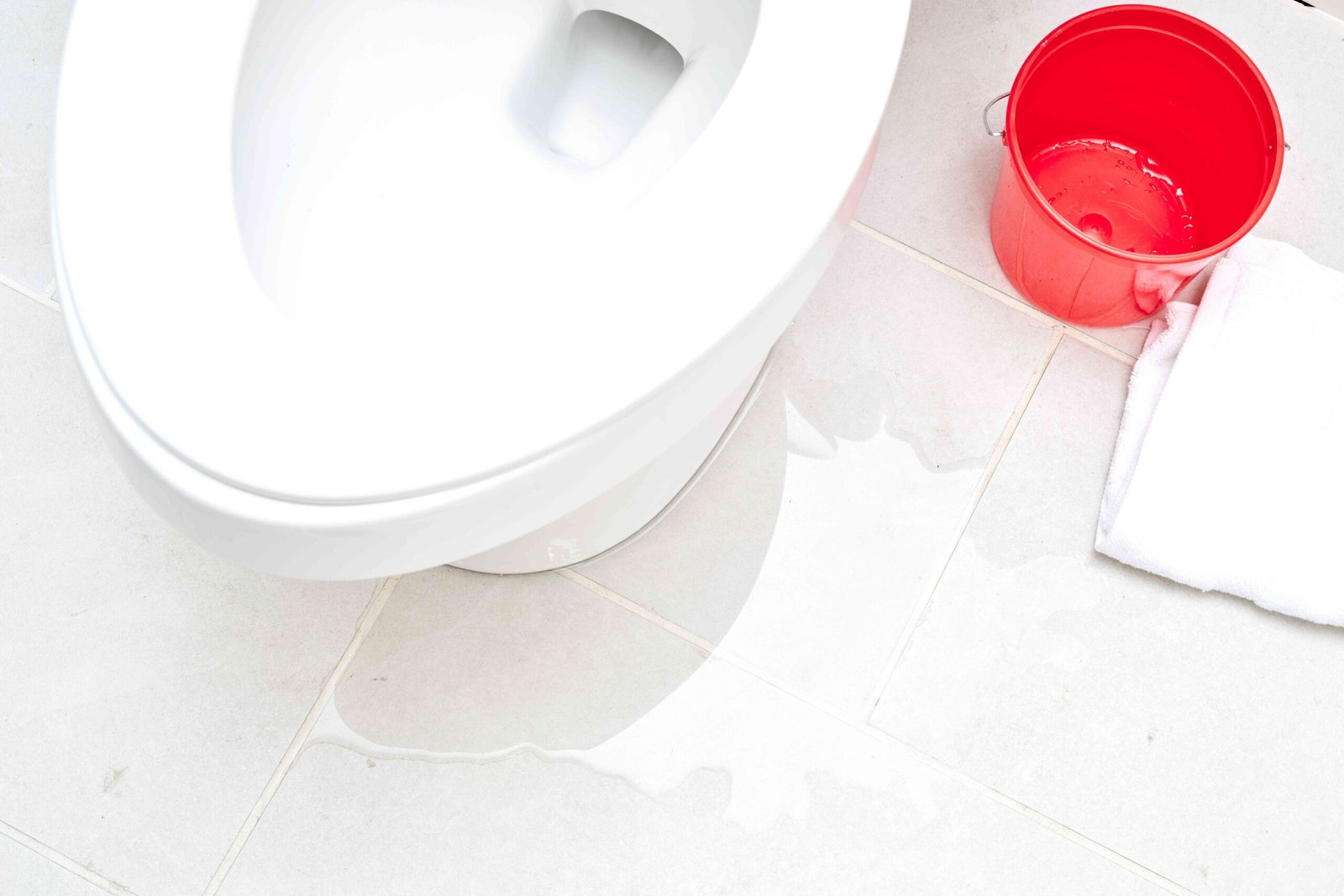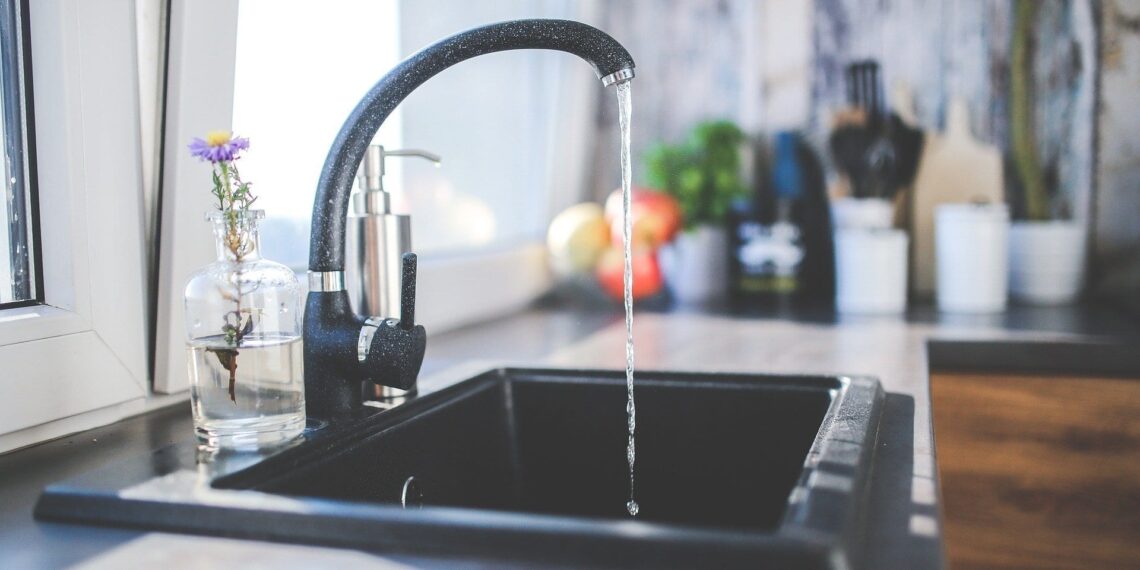You’ve probably heard the sound of water dripping somewhere in your home at least once or twice. Whether it’s a pesky drip from a tap, a showerhead doing its own thing, or a pipe acting up, even a small leak is concerning, no matter its size. Even if it doesn’t increase your water bill significantly, it can still affect your home’s structure. Plumbing leaks have various aspects, including how to detect them and long-term consequences, emphasizing the importance of timely intervention.
How to Check if You Have a Leak
Detecting leaks promptly is crucial in preventing high utility bills and structural damage. Here are several effective strategies:
- Regularly monitor water bills – Unusual spikes in your water bill can often be the first sign of a hidden leak.
- Water meter test – Turn off all water usage and monitor the meter. A moving meter in this state indicates a leak.
- Visual inspections – Regularly inspect under sinks, around toilets, and near any plumbing fixtures for signs of moisture or mold.
- Use of listening devices – Sophisticated acoustic devices can detect the sound of water moving through a leak in pipes, even those underground or within walls.
- Dye testing – Adding dye to toilets or drainage systems can help identify a leak in specific areas.
- Check your water pressure – A sudden drop in water pressure can indicate a potential leak in your plumbing. It’s worth investigating the cause, as leak in the plumbing system can cause plenty of damage to your home or the neighbors if you live in an apartment.

- Inspect the water heater – Regularly examine the area around your water heater for signs of leakage, corrosion, or rust. A leaking water heater can cause quite the damage if left unaddressed.
- Monitor your humidity levels – Sometimes, an unexplained increase in indoor humidity could be a sign of water leakage. There are times when excess moisture in the air results from hidden leaks, especially in basements or crawl spaces. It’s worth inspecting, finding and repairing such leaks as soon as possible.
- Use a leak detection kit – Consider using a leak detection kit. This method includes placing moisture sensors in areas prone to leakage. These sensors trigger an alarm if they come into contact with moisture, providing an early alert to potential issues. Usually, this is a method that professional plumbers use, especially when it comes to hard-to-reach spots or to detect leaks under bathroom tiles.
- Smart water monitoring systems – Invest in smart water monitoring systems that you can sync with your smartphone or home automation system. These systems can detect abnormal water usage patterns, leaks, or bursts and send alerts, allowing you to address the issue as soon as it appears.
- Inspect exterior faucets – Check outdoor faucets and hoses for leaks, especially after the winter months. When the temperatures drop, pipes can freeze and crack, which leads to leaks when the weather warms up.
- Look for stains on ceilings and walls – Water stains on ceilings or walls may indicate a leak in the roof, plumbing, or around windows. Regularly inspect these areas for discoloration or soft spots.

- Perform a toilet dye test – Place a few drops of food coloring in the tank to check for toilet leaks. If colored water appears in the bowl without flushing, it indicates a leak in the toilet.
- Inspect caulking and seals – Check the caulking and seals around showers, bathtubs, and sinks. Damaged or deteriorating seals can lead to water seepage, causing hidden leaks and potential structural damage.
- Use infrared technology – Infrared cameras can detect temperature variations associated with water leaks. Professionals may use this technology to identify hidden leaks behind walls or flooring.
How Much Water Does a Dripping Faucet or Showerhead Waste?

The continuous dripping of faucets and showerheads can lead to significant water wastage. For instance, a faucet dripping at one drip per second can waste more than three thousand gallons per annum.
This affects water conservation efforts and translates to a tangible increase in water bills. Such water wastage can be reduced by installing new low-flow faucets and showerhead fixtures and regularly checking for leaks. Additionally, using more efficient plumbing fixtures can also help to reduce water wastage.
How Much Water Does a Leaking Toilet Waste?
Toilet leaks are deceptive and can lead to substantial water loss.
A toilet running non-stop might seem harmless, but it can waste up to 200 gallons daily – a whopping 6,000 gallons per month. This can trigger a notable increase in water bills, especially in areas where water rates are higher.

Beyond the financial impact, leaky toilets pose risks of water damage to ceilings, walls, and various fixtures within the home. This, in turn, creates conditions conducive to mould growth, potentially giving rise to health concerns.
Leaking Copper or Galvanized Steel Pipe
Leaks in main water lines, typically made of copper or galvanised steel, can be catastrophic. These leaks often result from corrosion or physical damage, leading to extensive property damage. They require immediate attention from professional plumbers to prevent water wastage and protect the property’s structural integrity.
Swimming Pool or Hot Tub Leaks
Leaks in swimming pools and hot tubs can be especially costly in terms of water loss and maintaining the chemical balance and energy efficiency of these systems. A small leak can lead to hundreds, if not thousands, of gallons of water loss. Regular inspections and maintenance are crucial in detecting and addressing such leaks early.
The Cost of a Plumbing Leak – Now & Later
The financial impact of a plumbing leak extends beyond the immediate increase in the water bill. Long-term costs can be significantly higher, encompassing expensive repairs for water damage, structural issues, and mold remediation.
In some cases, leaks can lead to the failure of appliances and systems, adding to repair or replacement costs. Early detection and repair, therefore, reduce immediate water bill costs and protect against these potential long-term financial burdens.
Conclusion
In conclusion, small leaks in a plumbing system, while seemingly insignificant, can lead to substantial financial and structural consequences if left unaddressed.
Regular monitoring, early detection, and prompt repair are crucial. Homeowners should be vigilant and consider enlisting professional plumbing services to detect and repair leaks.
Remember, addressing a leak early is not only a financially prudent decision but also an environmentally responsible one, contributing to water conservation efforts and the sustainability of our resources.









